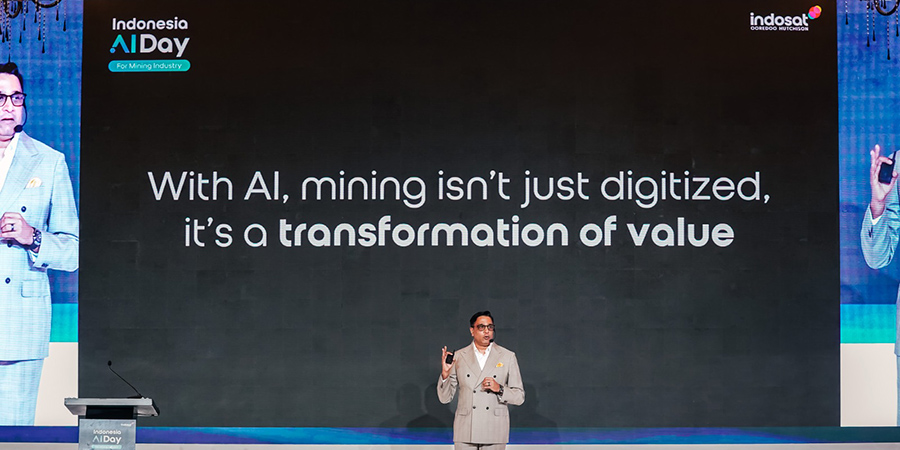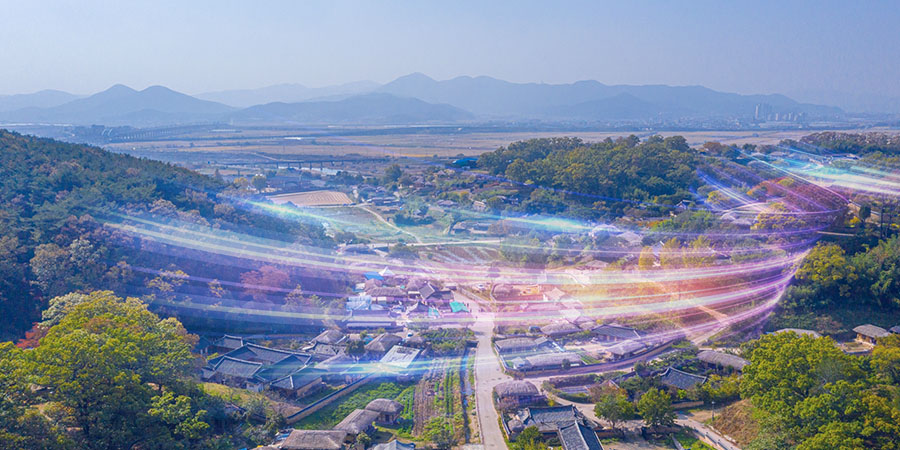
By Rick Seeto, vice president & general manager APJ, Ciena
Shooting or firing data across continents faster than it would take to finish reading this sentence, submarine networks play a critical role in keeping the world connected. Afterall, they are the undergirding infrastructure for our digitally connected world, carrying over 99 percent of the world’s intercontinental electronic communications traffic.
As we continue to adapt to new digital ways of living and working, there is a critical need to ensure that subsea cables are reliable and robust to provide round-the-clock connectivity. Cloud services, on-demand content delivery, and data center connectivity are some of the key drivers for the increase in global internet bandwidth over the past few years, but it was really the impact of the pandemic that caused a significant 35% jump in 2020. Furthermore, as 5G-enabled applications continue to garner traction in the Asia-Pacific (APAC) region, demands for higher bandwidth and lower latency traffic will only continue to grow.
We are already in the midst of a cable construction boom that is projected to reach US$8 billion by 2024. Besides investments from traditional carriers, hyperscale content providers have also been driving projects and route prioritization for submarine networks all over the world to support the connections between their data centers. For example, Facebook and Google recently announced plans for their latest cable project, Apricot, to expand connections in the APAC region.
While there is no question about the pivotal role of subsea cables in today’s economy, will such investments alone be sufficient to prevent a bottleneck in network capacity?
Challenges of uninterrupted submarine network connectivity
The ramifications of any disruption to the critical infrastructure are costly, and subsea cable networks are no exception. Earlier this year, the submarine network carrying data traffic to Jayapura in Indonesia was severed, resulting in more than 500,000 people losing internet access.
While the submerged plant of a submarine cable network is designed and manufactured for very high reliability, the risk of damage still remains as these cables are located on the sea floor. Most incidents of serious cable damage occur either due to human activities like anchoring and sand-mining, or natural causes such as undersea earthquakes and landslides. This can make it difficult to predict or control service disruption. In particular, the APAC region presents one of the most challenging environments for submarine networks. Besides being the world’s most disaster-prone region, it is also home to some of the busiest shipping ports like Hong Kong and Singapore. Wide-scale network disruptions affecting millions due to damaged submarine cables are not unheard of.
Designing future-ready intelligent submarine networks
In an increasingly interconnected world, global network connectivity has become essential to the economies and security of most nations. Regardless of the environment, operators need to be able to proactively protect submarine networks, improve network resilience and provide continuity of service. On top of it all, submarine network infrastructure is expensive to build, maintain, and operate. Cable owners and operators need to monetize their assets and extract the maximum value from their investments their networks.
This is where intelligent networking technology comes into play. Ensuring end-to-end availability and optimized performance of network assets – overland and undersea – requires traditional physical route diversity and intelligent traffic routing, alongside analytics-driven preventive maintenance capabilities. For example, any disruptions caused by damage to a subsea cable can be mitigated by rapidly and autonomously rerouting connections around the cable fault, allowing almost seamless restoration of services in a matter of minutes. As such, innovations like flexible, instrumented photonics and advanced software control can help operators not only scale their network and boost capacity, but also protect traffic and service delivery.
Afterall, submarine networks do the heavy lifting when it comes to interconnecting continents at the capacity, reliability, and latency required to keep the Internet humming. This vital fact means that subsea cable operators must leverage the latest technologies to ensure their networks can keep pace with our voracious appetite for content and applications in a highly reliable manner.







